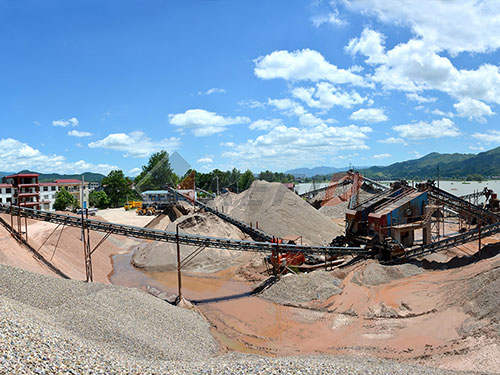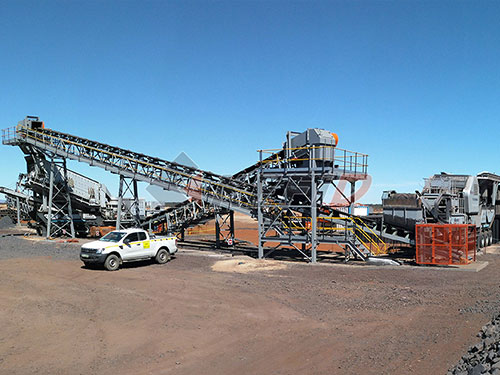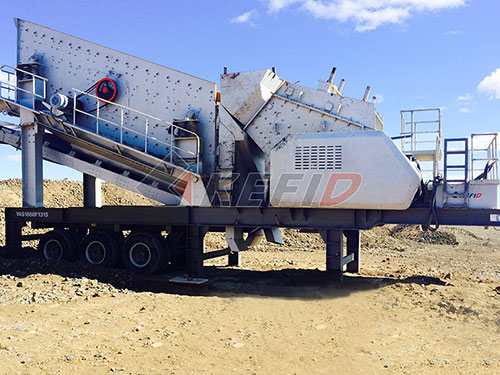Crushing Machine
The Relentless Powerhouse: Unveiling the World of Crushing Machines
Beneath the roar of industry and the quiet hum of recycling plants lies an essential force: the crushing machine. Far more than simple brute strength, these sophisticated pieces of engineering are fundamental pillars across countless sectors, transforming raw materials into usable forms with astonishing efficiency and power. Understanding their operation and significance reveals much about modern infrastructure and resource management.
The Core Principle: Applying Immense Force
At its heart, a crushing machine applies mechanical force – compression, impact, shear, or attrition – to break down large, solid materials into smaller fragments or powders. This seemingly straightforward task is achieved through diverse mechanisms:
1. Compression Crushers (Jaw & Gyratory): Mimicking nature's strongest jaws, these machines use immense pressure between two surfaces (one fixed, one moving) to fracture rock and ore.
2. Impact Crushers (Horizontal & Vertical Shaft): Utilizing high-speed rotors armed with hammers or blow bars, they shatter materials by hurling them against breaker plates or anvils through sheer kinetic energy.
3. Cone Crushers: Operating similarly to gyratory crushers but on a smaller scale within a conical chamber, they provide finer reduction stages after primary crushing.

4. Roll Crushers: Employing counter-rotating cylinders that compress material passing between them.
5. Shredders: Often using rotating shafts with cutting teeth or hammers for tearing apart softer materials like wood, plastic scrap, tires, or electronic waste.
The Engine of Modern Civilization
The applications of crushing machines are vast and indispensable:

1. Mining & Quarrying: The bedrock of this industry involves primary crushers reducing colossal rocks blasted from pits into manageable sizes for further processing into aggregates (gravel, sand), essential for concrete and asphalt production.
2. Recycling: Crucial champions of sustainability:
Car shredders pulverize end-of-life vehicles into fist-sized fragments for metal recovery.
Concrete crushers turn demolition rubble into valuable recycled aggregate.
Plastic shredders prepare waste plastic for reprocessing.
Glass crushers reduce bottles to cullet used in new glass production.
3. Aggregate Production: Supplying the construction industry with precisely sized stone chips and sand requires multiple stages of crushing and screening.
4. Industrial Processing: Crushing minerals like limestone or phosphate rock is often the first


